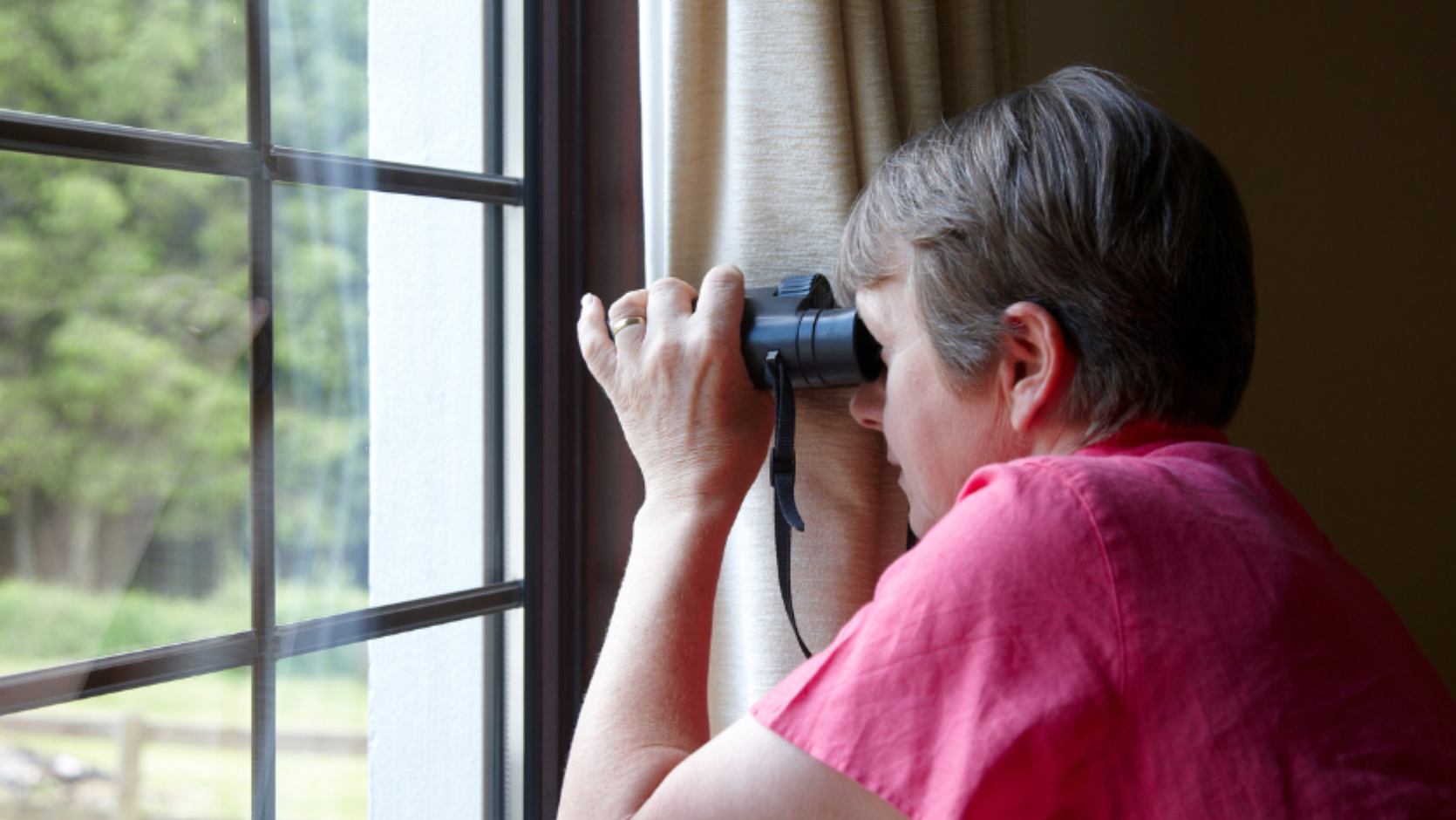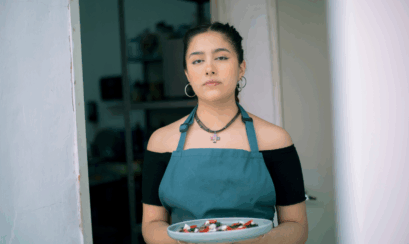The greenery in my neighbour’s yard keeps getting bigger and bigger – now there are trees blocking the sun from reaching my garden and patio. My flowers are suffering and I can’t enjoy sitting in the sun at home any more. On top of that, the neighbour’s hedge has grown so high it blocks the sun from reaching my solar panels.
What does the law say? Do I have a right to sunshine?
Tree disputes often end up in court
While everyone is encouraged to try to settle a neighbour tree dispute amicably, by discussing the problem civilly and reaching a solution, these are among the most common types of cases that can end up in court.
Tree disputes have their own law – the aptly named NSW Tree (Disputes Between Neighbours) Act 2006.
If you are having a tree dispute with a neighbour, it’s worth reading it to know where you stand before you consider taking any further action.
What happens if you can’t resolve a dispute about trees blocking your light?
When neighbours can’t agree, the case can be adjudicated by the Land and Environment Court (LEC).
The person seeking action against the tree or hedge must give 21 days’ notice to the owner of the adjoining land, detailing the orders sought if the case goes to court. Notice may also have to be given to the local municipal council or the Heritage Council if a heritage matter is involved.
If there is no agreement after 21 days, you can make an application to the LEC. The LEC is less formal than most other court proceedings. The LEC needs to be satisfied that reasonable efforts have been made to reach agreement, and that the tree is severely obstructing the sun.
The LEC can order that the tree or hedge be pruned to a certain height or removed, and can order payment of costs. The court’s commissioner hearing the case will usually visit the site with the two parties, along with any experts involved in the case, such as arborists, engineers, builders and architects.
Previous court decisions on trees blocking sunlight
It’s a good idea to obtain legal advice on the best way to present your case before heading off to the LEC.
While in some cases the LEC sides with the person complaining about a hedge or trees blocking out the light, in others the court has not agreed to a lopping for various reasons, including how “severe” the blocking of the sun is.
The court will weigh the interests of one party, whose view or sunlight are being obstructed, against the competing interests of the other party, who may have a defence – for example, that the trees provide necessary privacy, landscape or ecological value.
For instance, in Hunt v Troy [2011] NSWLEC 1148, the owners of a Umina Beach property wanted a neighbour’s hedge trimmed to regain their water views and sunshine in their living room. But on the day the court inspected the site, they decided there was no “severe” obstruction of the view or sunlight and dismissed the case.
On the other hand, in Lynch v Singleton [2018] NSWLEC 1008, the LEC ordered a row of 5.5 metre high lilli pilli trees be pruned to 3.5 metres to allow sunlight and views into a neighbour’s Newcastle home.
LEC decisions where tree removal applications were refused
The LEC helpfully lists more than a hundred cases where an application for the removal of a tree was refused.
It could be worth perusing some of them before deciding whether you have a case against your neighbour’s tree. (Please see Decisions where an application for the removal of a tree has been refused, Land and Environment Court of NSW, 20 May 2020.)














